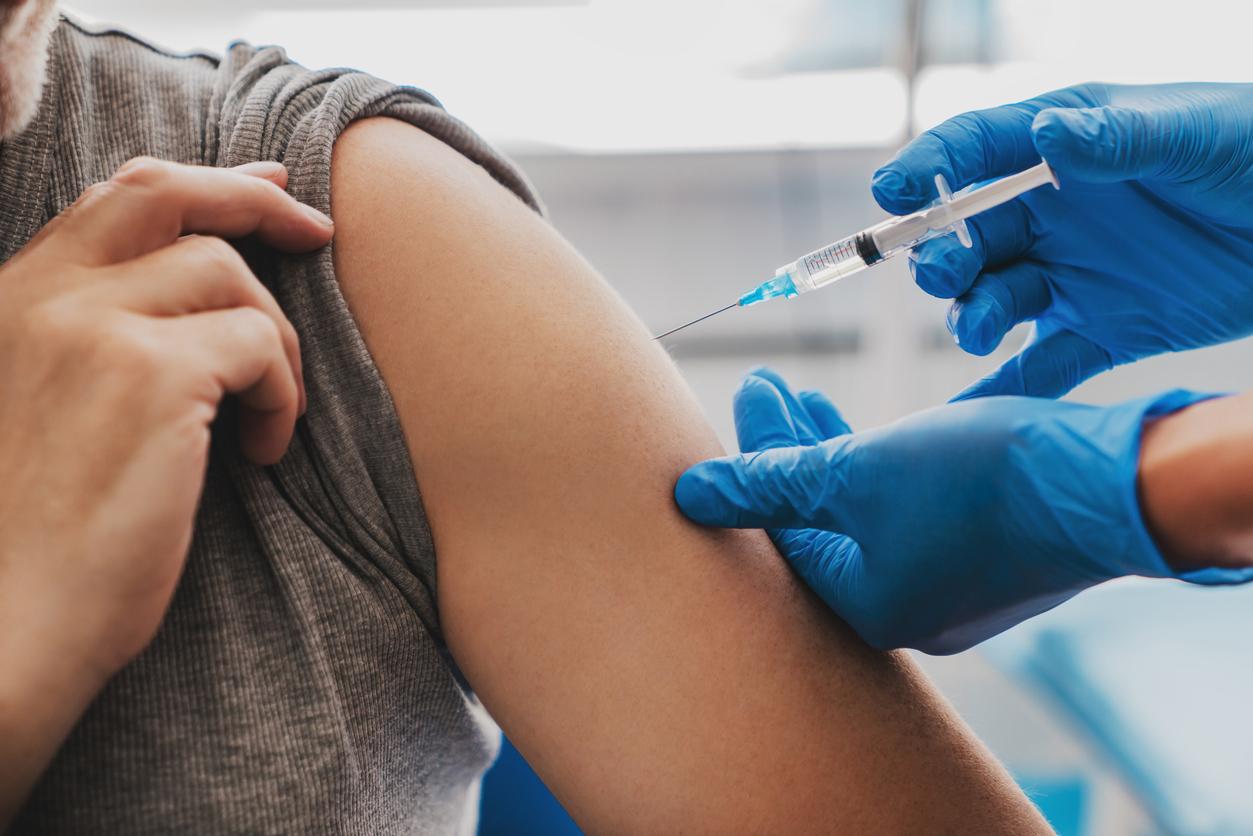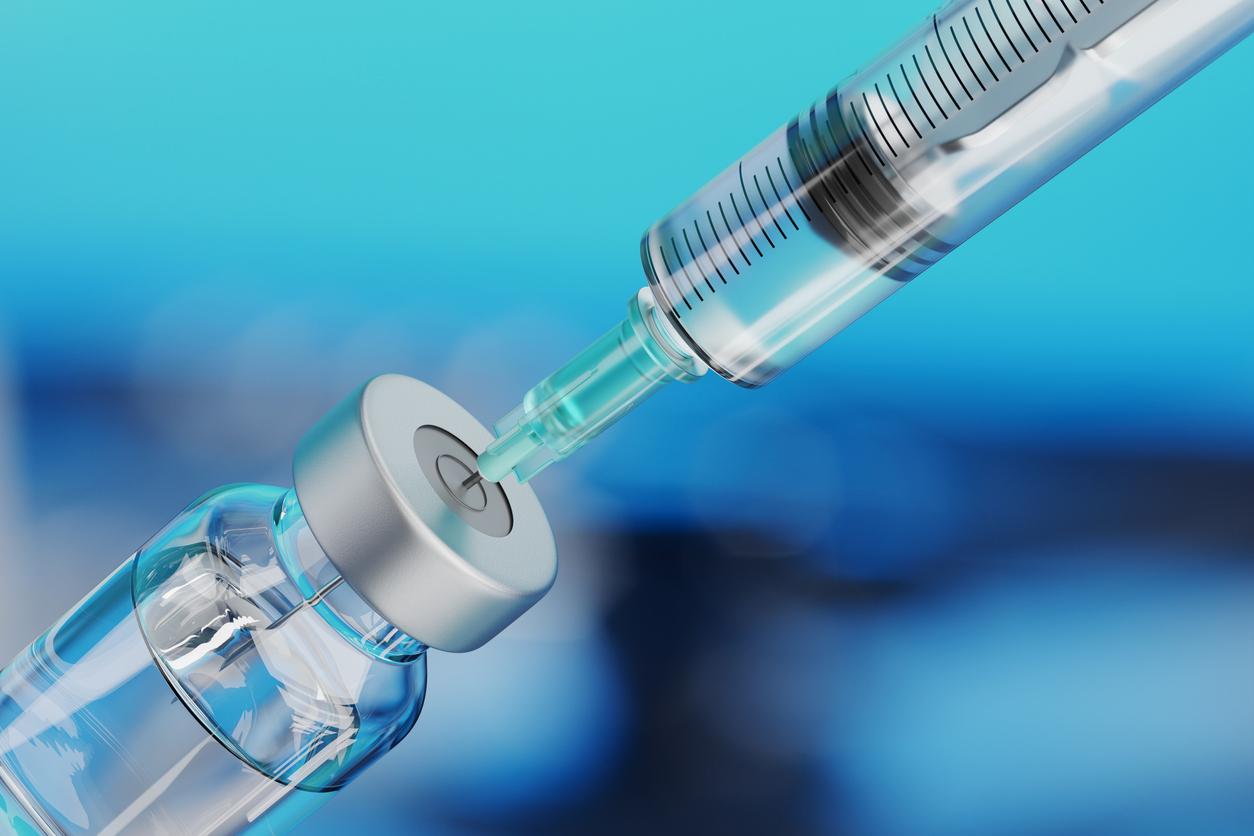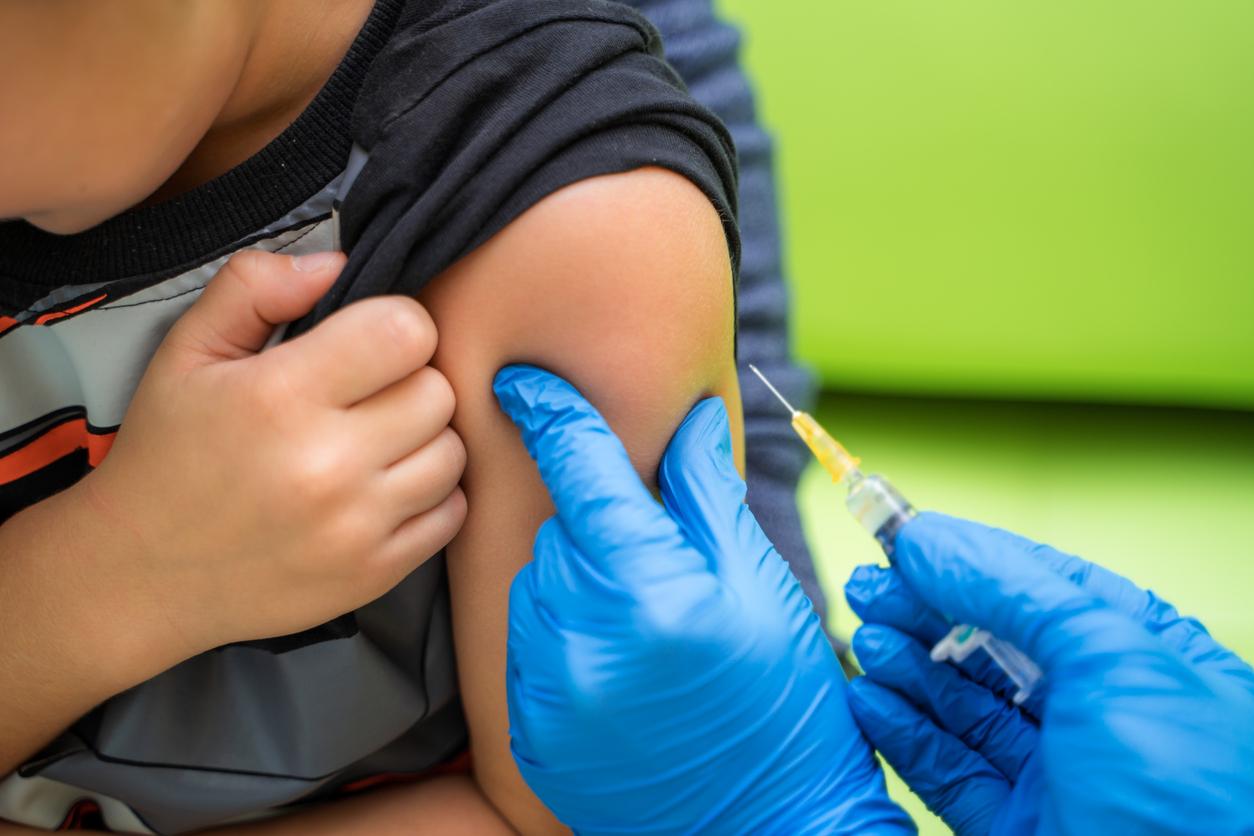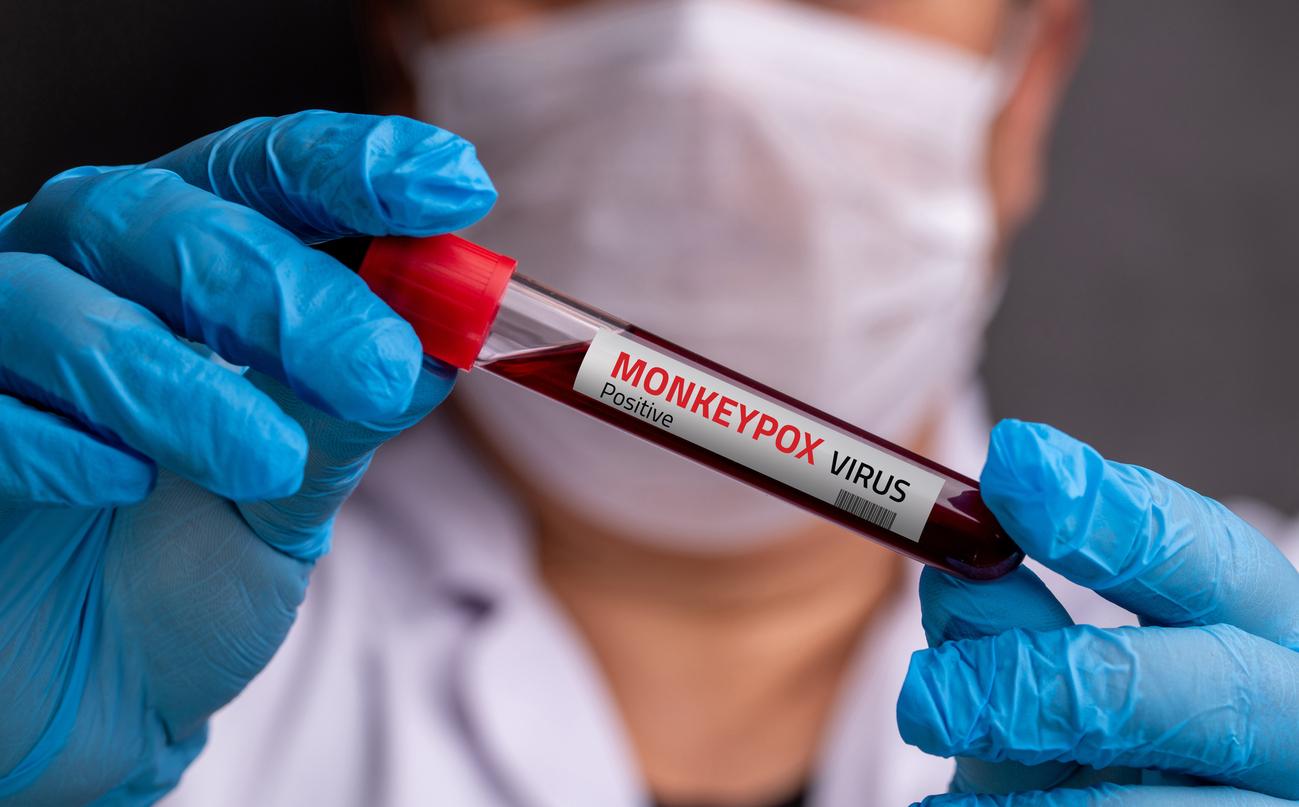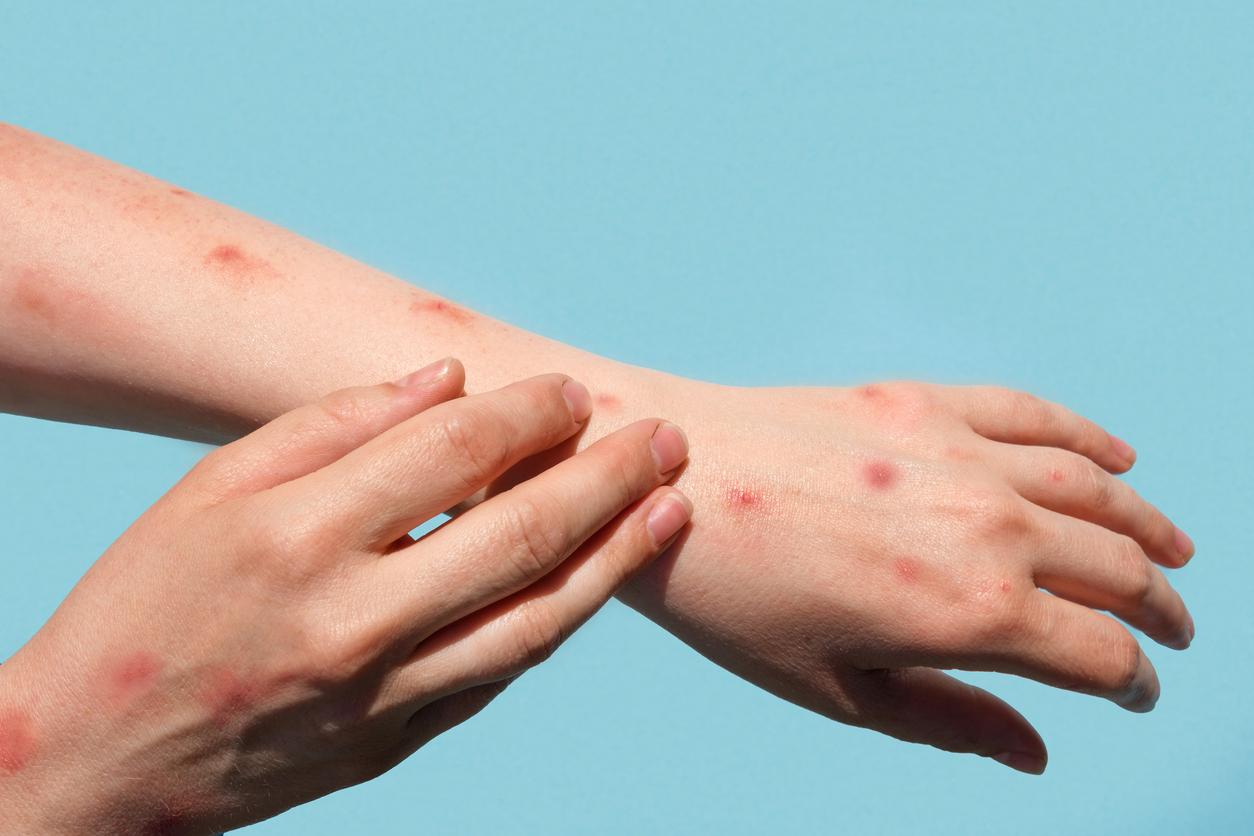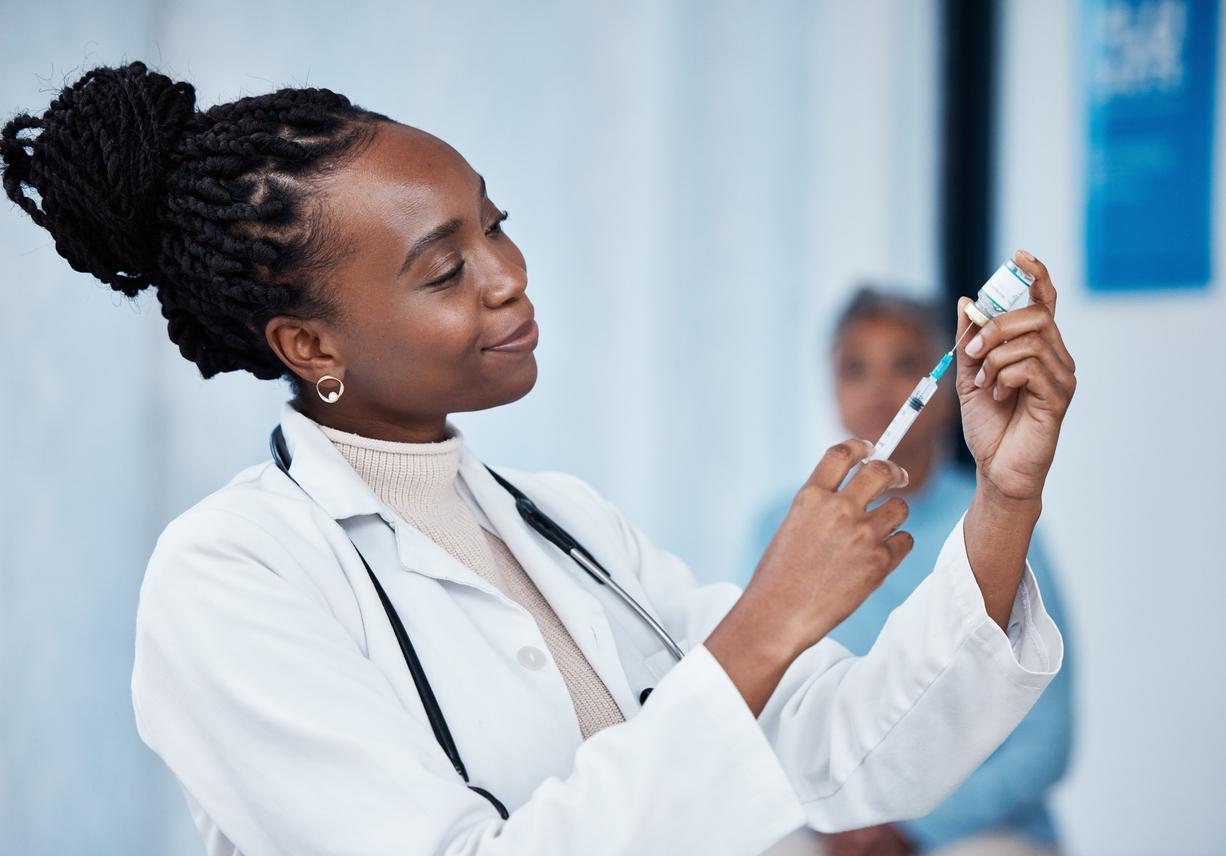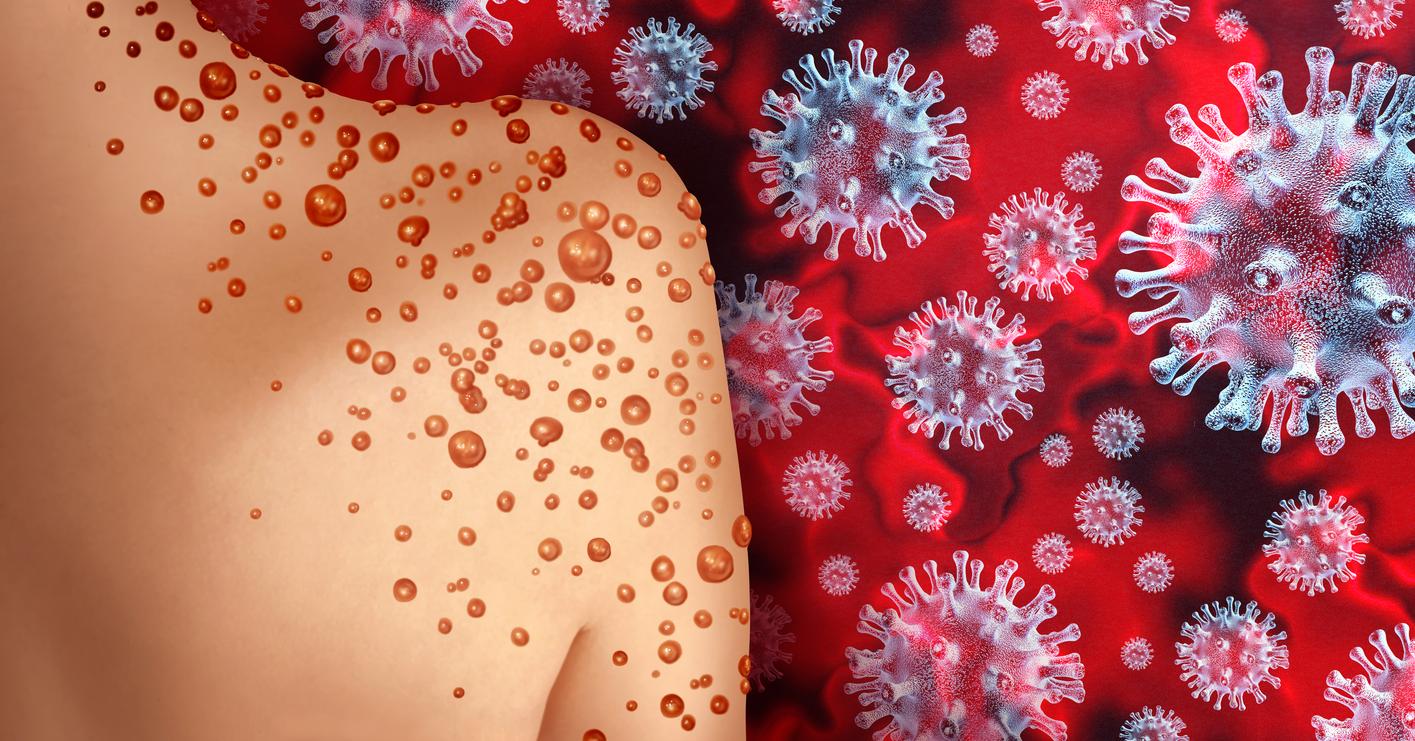The gay community is having difficulty getting vaccinated against monkeypox.
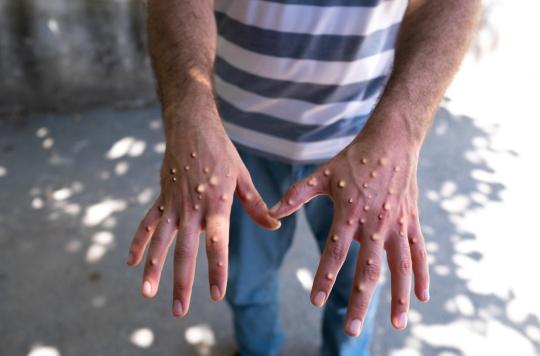
- A dedicated number has been activated: Monkeypox Info Service (0801 90 80 69) accessible 8 a.m. to 11 p.m. and 7 days a week.
- The monkeypox vaccination centers are referenced online: https://www.sante.fr/monkeypox.
“I had no response via phone numbers or emails. I decided to come physically to try to find a solution.” In an article from France Infomany testimonials report difficulties in making an appointment to be vaccinated against monkeypox, despite the expansion of the target populations from the beginning of July.
Increase in cases
In France, the monkeypox epidemic is progressing, mainly among men who have sex with men. As of July 12, 912 cases have been confirmed: 569 in Ile-de-France, 87 in Auvergne-Rhône-Alpes, 68 in Occitanie, 47 in New Aquitaine, 47 in Provence-Alpes-Côte d’Azur, 34 in Hauts -de-France, 18 in Grand Est, 13 in Normandy, 9 in Brittany, 8 in Centre-Val de Loire, 5 in Pays-de-la-Loire, 3 in Bourgogne-Franche-Comté and 4 cases abroad . Of the cases, 40 are immunocompromised and 211 are HIV positive (26%). “Among non-HIV cases, 403 are on PreP (70%). No one died,” specifies Public Health France.
Monkey pox (also called “simian orthopox virus” Where “monkeypox”) is a viral zoonosis (virus transmitted to humans by animals) whose symptoms are less severe than those observed in the past in subjects with smallpox.
Symptoms
“The incubation period of the virus generally varies from 6 to 13 days, but can range from 5 to 21 days”, explains the WHO. The infection is split into two periods:
– the invasive period (which lasts from 0 to 5 days) characterized by the appearance of fever, intense headaches, lymphadenopathy (swollen lymph nodes), back pain, myalgia (muscle pain) and marked asthenia (lack of energy). Lymphadenopathy is a feature of monkeypox that distinguishes it from other diseases that may initially show similarities (chickenpox, measles, smallpox).
– The rash, which usually begins within 1 to 3 days of the onset of fever. It usually focuses more on the face and extremities than on the trunk. “It affects the face (in 95% of cases), the palms of the hands and the soles of the feet (in 75% of cases). The oral mucous membranes (in 70% of cases), the genitals (30%) and the conjunctivae (20%) as well as the cornea are also marked”, says the WHO.









